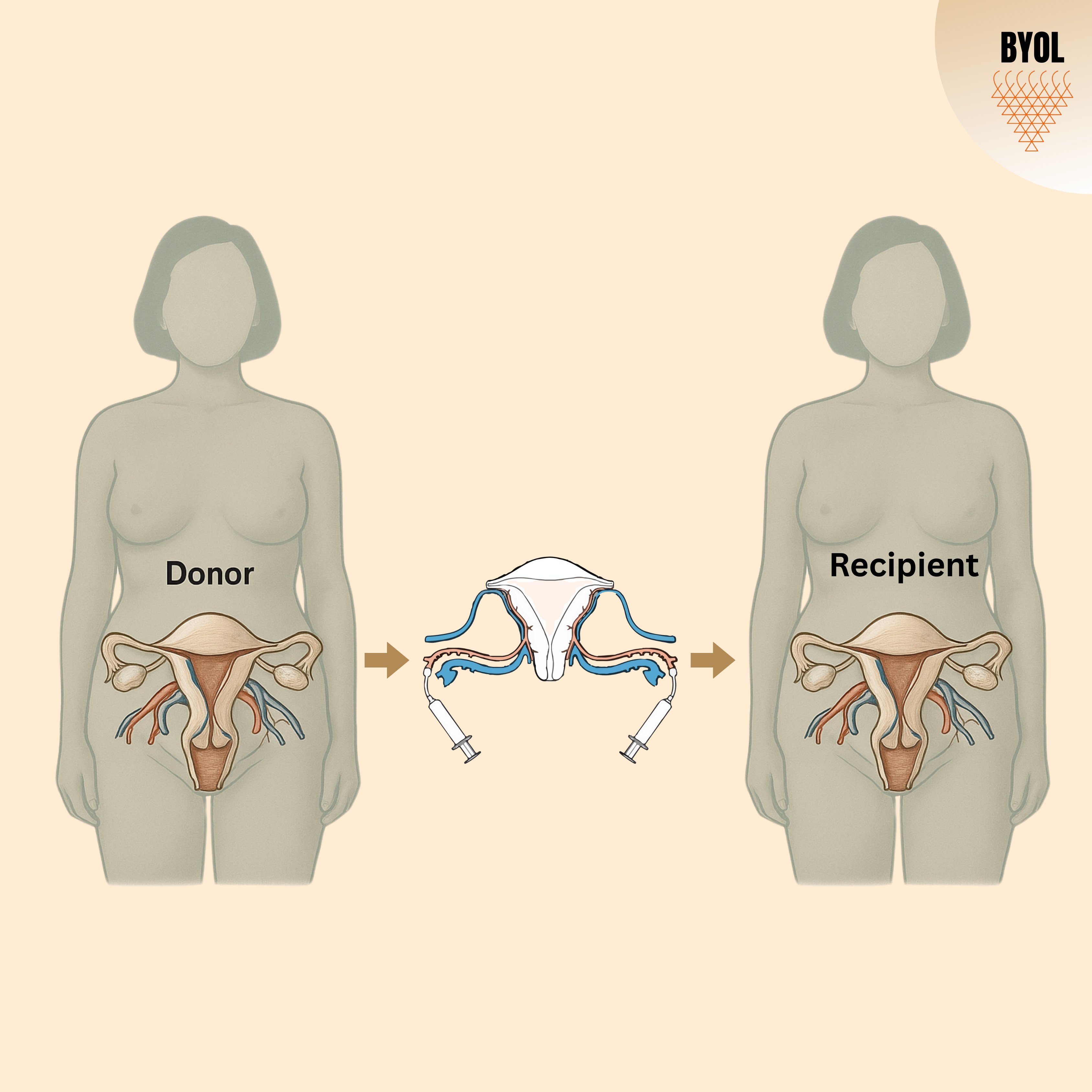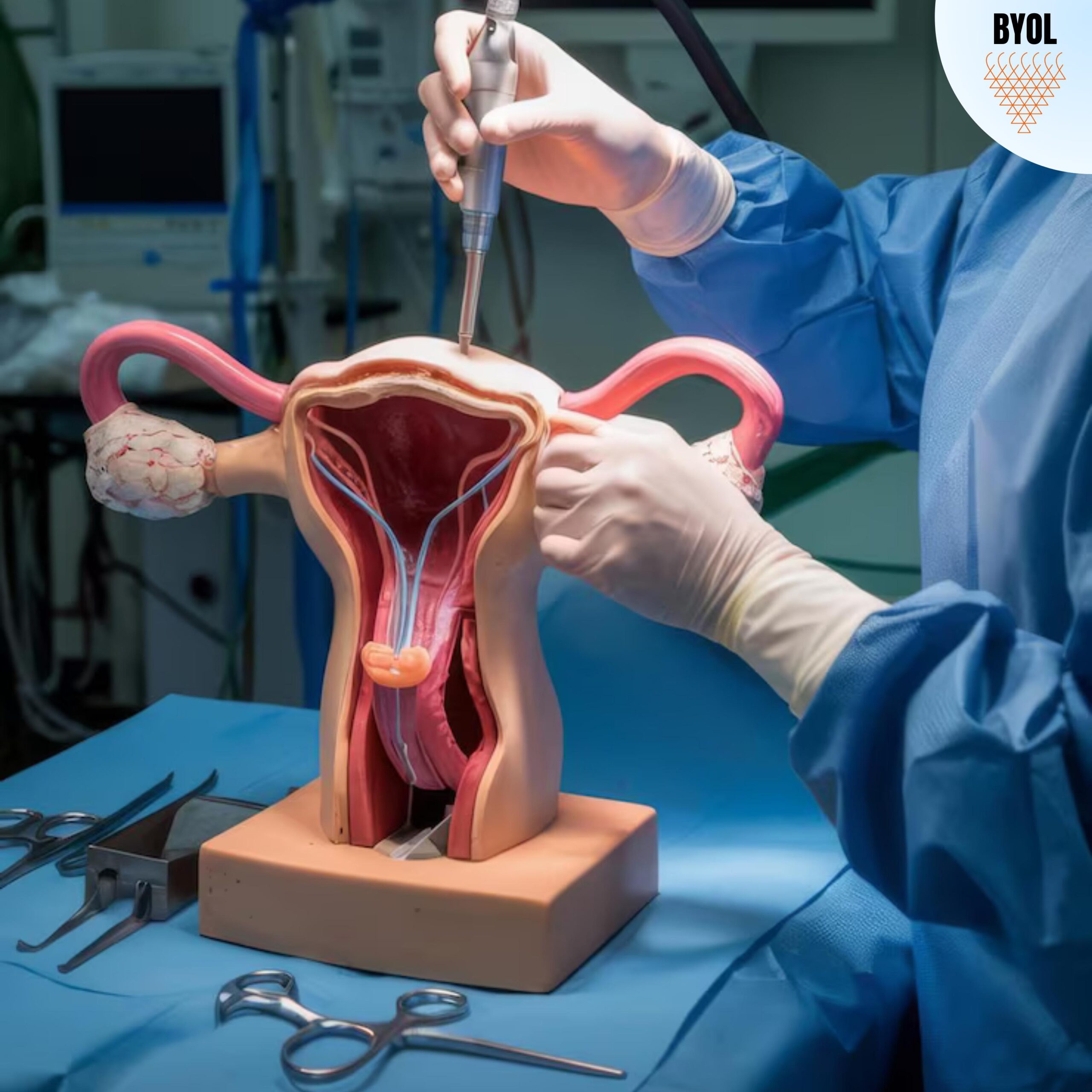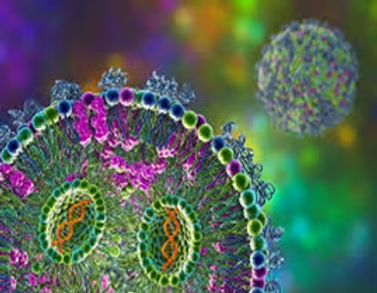Cancer, a tough enemy of health and well-being, often harms reproductive abilities as well. The harsh cancer treatments, like chemotherapy and radiation, have a big impact on reproductive organs, putting the fertility of both men and women at risk. For people who get a cancer diagnosis, the chance of not being able to have kids adds extra stress. Experts now see that this affects quality of life, and thus, maintaining fertility has become a key part of full cancer care.

In recent years, uterine transplantation (UTx) has become a game-changing solution to the fertility problems caused by cancer treatments. While regular fertility preservation methods deal with saving eggs or sperm, UTx provides a different path for people who no longer have a uterus because of cancer or other health issues. UTx is a surgical intervention involving the transfer of a donor’s uterus to a recipient, usually a woman who either suffers from congenital absence of the uterus (Mayer-Rokitansky-Kuster-Hauser syndrome) or has lost her uterus as a result of a medical illness like cancer or hysterectomy. This complex surgery is performed to restore the reproductive anatomy of the recipient, allowing her to bear a child and deliver it at term.
Historical Background and Evolution of UTx

- The evolution of UTx dates back to the first half of the 20th century. Experimental research on rats, domestic species, and non-human primates has justified and made the UTx protocol in terms of surgical techniques, immune suppression, rejection, and even distinctive aspects of pregnancy in immune-suppressed patients more accurate.
- The first uterine transplantation was done in Saudi Arabia in 2000 on a 26-year-old woman who had postpartum hemorrhage after a Cesarean section.
- In the US, the first UTx was performed in 2016 at the Cleveland Clinic, but the patient experienced a complication and needed the removal of the transplanted uterus.
- The first successful UTx in the United Kingdom was conducted in 2023 at the Churchill Hospital, Oxford, where surgeons transplanted a uterus in a 40-year-old woman who had a rare condition that hindered her from bearing a child.
- UTx has been proposed as a treatment for Absolute Uterine Factor Infertility (AUFI) in women who are unable to conceive because of the absence or non-functionality of the uterus.
Success stories
- The first successful live birth after UTx was reported in 2014 in Sweden, when a 35-year-old woman with a mullerian anomaly delivered a premature infant. This was a breakthrough in reproductive medicine and provided hope for women with Absolute Uterine Factor Infertility.
- In the US, the Baylor University Medical Center in Dallas, Texas, had a high technical success, with 74% one-year graft survival, and over 80% of the recipients with a viable graft at one year had at least one live birth. The success has confirmed the safety of UTx for the recipient, living donor, and child and provided hope for women with Absolute Uterine-Factor Infertility.
- The cases highlight the potential of UTx to end Absolute Uterine-Factor Infertility, but also highlight the necessity of continuing research and full consideration of the procedure’s challenges and limitations.
Recent Research and Developments in UTx Outcomes
Technical success and survival of the graft
- A systematic review of 33 UTx patients in the United States showed an outstanding 74% graft survival, yielding promising evidence of technical success in outcomes. The results illustrate the progress in surgical skill and postoperative management contributing to overall transplant process success.
Reproducibility and safety
- Studies have proven the safety and reproducibility of UTx and put to rest the fear that the success would be limited to a few institutions. The data indicates that UTx can be performed in more than one center with similar rates of success, implying that the procedure is technically reliable and safe for both mother and child.
Challenges and Risks Involved in the Surgical Procedure
The UTx surgical procedure holds the promise to revolutionize medicine, but it comes with challenges and associated risks. Those challenges span a variety of dimensions, from the complexity of surgery to immune-suppression therapy to profound psychological impacts.
Operative complications
- The complexity and extensiveness of the donor and recipient operations pose a range of potential complications, like Infection, thrombosis, fistula, ureteric injury, and genitourinary injury.
- The duration of the surgical procedure has been a concern, and there has been research into the use of robotic-assisted surgery as a possible method of decreasing operative time for recipients and donors alike.
Immunosuppressive therapy
- Patients on prolonged immune suppression will be at risk of developing complications, such as infections and other side effects related to immune system function reduction. Maintaining a fine balance between preventing graft rejection and preventing complications related to therapy remains a top priority in post-transplant care.
Cognitive barriers
- Both recipients and donors may experience stress, anxiety, and concerns related to body image. The transformative nature of the procedure, coupled with the emotional nuances surrounding fertility and organ transplantation, underscores the importance of comprehensive psychological support throughout the UTx journey
Graft complications
- Graft complication is a serious complication, in which graft loss due to thrombosis of the graft artery or vein is seen postoperatively. This critical event may require graft hysterectomy, which adds to the increased complexity of the management of UTx outcomes.
Donor-related risks
- Donor surgery, as part of the standard hysterectomy, has some risks, most particularly to the ureter. Appropriate assessment and management of donor-related risks are necessary to ensure the safety and well-being of the participants in the UTx procedure.
Vaginal strictures
- After surgery, the recipients can develop vaginal strictures, a condition that might need interventions from non-surgical dilation to surgery.
Timing of hysterectomy
- After a successful transplant, the timing of the graft hysterectomy is a point of utmost concern. Several factors, such as recipient/couple preference, immune-suppression related complications, and maternal/obstetrical complications, are involved in the decision-making process. Complete assistance and counseling throughout the UTx process are necessary to overcome these problems and reduce their impact.
- Healthcare professionals need to be vigilant to assess and manage the complex risks of UTx to ascertain safety, well-being, and well-informed decisions for everyone involved.
Ethical concerns
Ethical Issues with UTx
Donor selection and consent
- Stringent scrutiny of informed consent and voluntariness guarantees potential donors a complete understanding of the risks involved. The ethical framework must be solid, preventing coercion and respecting donor autonomy. Transparency, honest communication, and respect for donor welfare and rights are crucial.
Resource allocation
- Healthy uterine donor shortage poses resource allocation ethical concerns. The balance between immediate recipient needs and donor safety is best met by diligent monitoring. Ethical guidelines must regulate resource use to promote fairness, justice, and the maximization of resource utilization. Monitoring can avoid a disproportionate donor burden and optimize recipient outcomes.
Equity and accessibility
- Solutions for dealing with socioeconomic differences, geographic access, and possible commercialization are needed. Ethical issues include measures for guaranteeing equal access irrespective of resources or topography. A responsible approach is imperative to prevent healthcare disparities, making UTx a pathway to reproductive possibilities for all.
Assessing the risks for the Recipients and Donors
Recipient risks
- Ethical considerations involve a serious concern for the risk taken by the recipients who shall be receiving UTx. These include not only the physical effects of the operation but also potential psychological effects and long-term effects of immunosuppressive therapy. Informed consent procedures stand at the core of this ethics, involving disclosure of said risks so that recipients can make choices appropriately concerning their reproductive history.
Donor risks
- The altruistic nature of uterine donors serves to emphasize the ethical imperative to preserve their health and well-being. This requires ongoing ethical evaluation and adaptation of donor protocols to reduce risks and to ensure that the donation process upholds the principles of voluntariness, autonomy, and donor well-being preservation.
Benefit assessment
- Apart from short-term gratification after successful transplantation and pregnancy opportunities, an ethical policy should consider looking beyond to include the long-term physical, psychological, and societal benefits.
Social perception of UTx for preservation of fertility
Cultural attitudes and beliefs
- Cultural and community interpretations of this medical intervention are extremely diverse and influence the acceptance and reception of the intervention. Ethical considerations require respect for cultural diversity, acknowledgment of belief systems, and facilitation of inclusivity in the process of UTx.
Media impact
- The portrayal of UTx in the media substantially influences public opinion. Ethical considerations include media outlets’ responsibility to present accurate information, avoid sensationalism, and contribute to an informed public discourse on the ethical implications of this evolving medical intervention. The media plays a pivotal role in shaping societal attitudes and ethical practices in reporting to an informed and engaged public.
Regulatory structures
- The awareness of UTx in society is typically articulated in the policy and legal frameworks that regulate it. Ethical practice in this regard entails the evaluation of existing regulations, the protection of rights and well-being of both the donor and the recipient, and the closure of loopholes in the laws that could arise as UTx becomes more common. The ethical responsibility lies maintenance of legal frameworks that protect the interests of all stakeholders and also construct a society in which there is promotion and nurturing of ethical practice in UTx.
Conclusions
- As we recognize the revolutionary optimism that UTx offers, we must take this opportunity and convert it into real action.
- To drive this discipline forward and make it more accessible, there is a pressing need for greater financial investment in pioneering research. Proper funding will allow for the creation of more potent immunosuppressive medications, which are crucial for a successful transplantation process.
- There is also an urgent necessity to set up in-depth support systems that are specific to the requirements of UTx recipients. This encompasses not just the medical attention but also strong psychological and emotional support throughout the whole process. By supporting these specific initiatives, we can further help contribute to the development of UTx so that this revolutionary procedure becomes not just a beacon of hope but a tangible reality for countless individuals.
“Together, let us open the way to a future in which the promise of UTx is accessible to all who need it, creating an environment of enhanced medical treatment, research breakthroughs, and steadfast advocacy for those on this revolutionary journey.”
References
- Cancer Treatment & amp; Fertility. Accessed. November 24, 2023: https://kidshealth.org/en/parents/cancer-fertility.html
- Castellón LA, Amador MI, González RE, Eduardo MS, Díaz-García C, Kvarnström N, Bränström M. The history behind successful uterine transplantation in humans. JBRA Assist Reprod. 2017, 21:126-34. 10.5935/1518-0557.20170028
DOI: 10.5935/1518-0557.20170028 DOI: 10.1089/jwh.2015.5194 - Female Fertility Issues and Cancer – Side Effects – NCI. (2017). Accessed. November 24, 2023: https://www.cancer.gov/about-cancer/treatment/side-effects/fertility-women.
- Fertility considerations in cancer treatment. Preserving hope for the future. Accessed: November 24, 2023: https://www.mayoclinichealthsystem.org/hometown-health/speaking-of-health/cancer-treatment-and-fertility.
- Georgopapadakos N, Manoli A, Passia G, Skandalakis PN, Filippou D. Uterus transplantation as a therapy method in Mayer-Rokitansky-Küster-Hauser syndrome. Cureus. 2019, 11:e6333. 10.7759/cureus.6333
DOI: 10.7759/cureus.6333 - How Cancer and Cancer Treatment Can Affect Fertility in Females. Accessed. November 24, 2023: https://www.cancer.org/cancer/managing-cancer/side-effects/fertility-and-sexual-side-effects/fertility-and-women-with….
- Jarvholm S, Dahm-Kähler P, Kvarnström N, Brännström M. Psychosocial outcomes of uterine transplant recipients and partners up to 3 years after transplantation: results from the Swedish trial. Fertil Steril. 2020, 114:407-15. 10.1016/j.fertnstert.2020.03.043
DOI: 10.1016/j.fertnstert.2020.03.043 - Jarvholm S, Warren AM. Uterus transplantation: lessons learned from a psychological perspective. Clin Obstet Gynecol. 2022, 65:52-8. 10.1097/GRF.0000000000000673
DOI: 10.1097/GRF.0000000000000673 - Koplin JJ, Kendal E. Ethical issues in uterine transplantation. Korean J Transplant. 2020, 34:78-83. 10.4285/kjt.2020.34.2.78
DOI: 10.4285/kjt.2020.34.2.78 - Rajabi Z, Aliakbari F, Yazdekhasti H. Female fertility preservation, clinical and experimental options. J Reprod Infertil. 2018, 19:125-32.
- Trudgen K, Ayensu-Coker L. Fertility preservation and reproductive health in the pediatric, adolescent, and young adult female cancer patient. Curr Opin Obstet Gynecol. 2014, 26:372-80. 10.1097/GCO.0000000000000107
DOI: 10.1097/GCO.0000000000000107 - Uterine transplant. This prospect for pregnancy is not worth the risks | Your Pregnancy Matters | UT Southwestern Medical Center. Accessed: November 24, 2023: http://utswmed.org/medblog/uterine-transplant-motherhood/.
- Waimey KE, Smith BM, Confino R, Jeruss JS, Pavone ME. Understanding fertility in young female cancer patients. J Womens Health (Larchmt). 2015, 24:812-8. 10.1089/jwh.2015.5194










